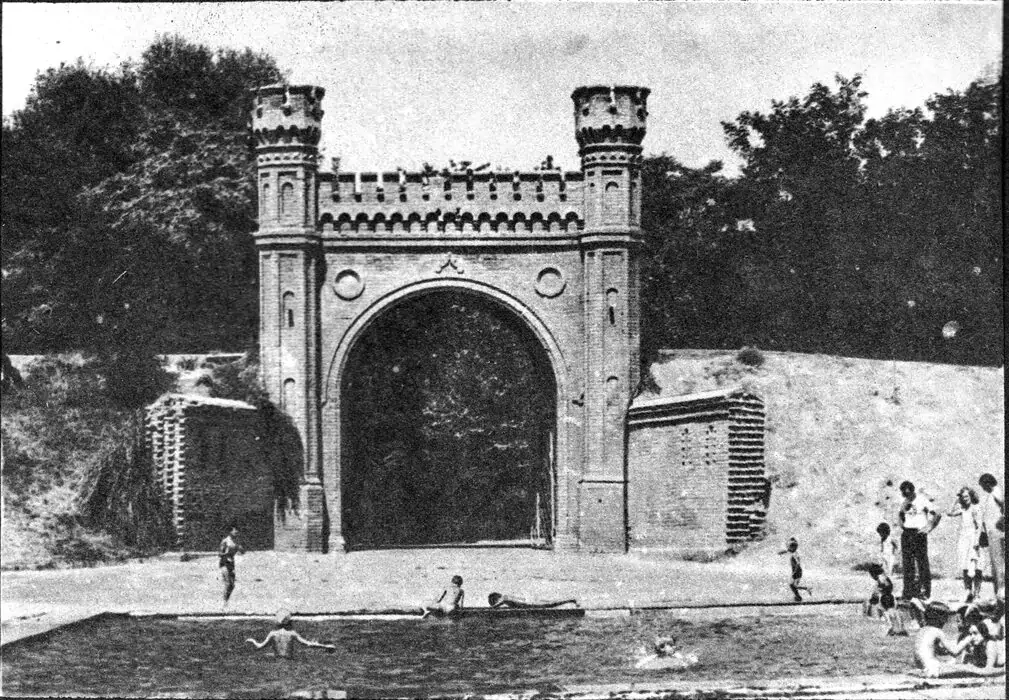10 facts about the pre-Islamic period

1. If you had lived in our land before the arrival of Islam, your leader, their deputy, and the deputy’s assistants could have been women.
Ancient women were active in governance. Some sources mention female rulers and their strong political roles in the ancient states of Sogdiana and Bactria. These regions were not patriarchal societies but had a balanced social structure.
2. The ancient name of Samarkand
The city of Samarkand existed long before Islam. Its ancient name was Afrasiab, and the city has a history of over 2,750 years. Its ruins are located in the northern part of modern Samarkand.
3. The holy book of Zoroastrianism – the Avesta – was written in the territory of Uzbekistan
The Avesta is believed to have first formed in the regions of Khorezm and Sogdiana. This means that these lands were centers of religious thought.
4. The oldest discovered atlas – in the area of Karatepa
A fabric resembling atlas, dating back to the 2nd century BCE, was found in the Buddhist monastery of Karatepa in the Surkhandarya region. It is considered one of the oldest products in Asia.
5. The Sogdian script was the main trade script in medieval Western Asia
Before Islam, the Sogdian script was one of the most widely used scripts along caravan routes. Traders communicated in this script from China to Byzantium. It was not just a local script – it served as an international language.
6. The largest Buddha statue was found in Termez
One of the Buddhist temples in Fayaztepa, Termez, is famous for a Buddha statue over 5 meters tall. It is considered the largest Buddha statue in Central Asia.
7. Not nomadic languages, but Sogdian and Bactrian languages dominated
Turkic languages were not yet widespread in the territory of Uzbekistan. Languages like Sogdian, Bactrian, and Khwarezmian played a key role in culture, politics, and philosophy.

8. Ancient Tashkent was called Chach and had diplomatic relations with the Tang Empire
The city of Tashkent was once known as Chach and exchanged envoys with China’s Tang Empire. Tang chronicles even mention princes from Chach visiting the Chinese court.
9. Water infrastructure existed in earlier times
In the ancient territories of Uzbekistan (for example, in Sogdiana), systems of artificial canals and reservoirs existed. These water structures were designed for irrigated agriculture and are considered the roots of modern irrigation.
10. The territory of Uzbekistan was a crossroads of three main routes of the Great Silk Road
The cities of Samarkand, Bukhara, and Termez each served as major caravan centers along distinct routes. This region was not just a midpoint, but the heart of the entire Silk Road.
Most read

Over 100 experts from more than 20 countries of the world are in Tashkent!

President of Serbia Aleksandar Vučić visited the Islamic Civilization Center in Uzbekistan

The Center for Islamic Civilization – a global platform leading towards enlightenment











